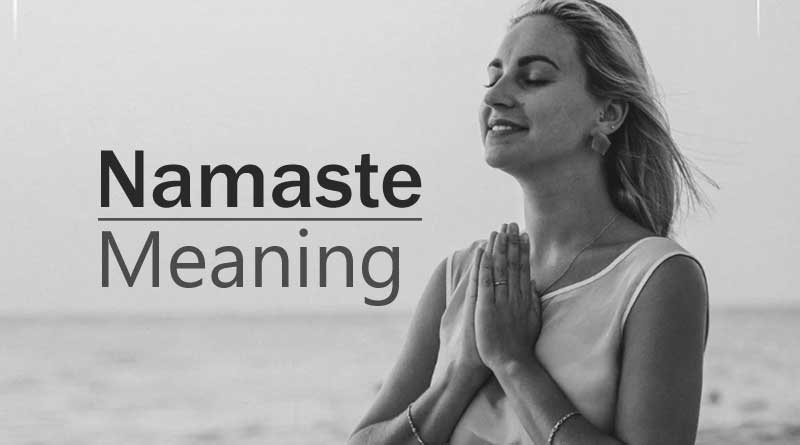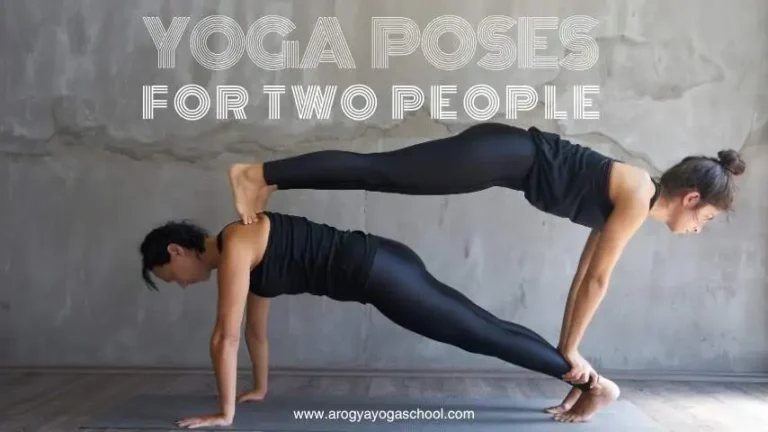
It is used as a salutation or greeting. Hands are held together at the palms in front of the heart or brow chakra. Head is bowed slightly downward. Eyes are sometimes closed.
Namaste – A Yogic Thank You:
Yoga students often repeat “Namaste” at the end of each class as a thank you, honouring their instructor.
How to form the Anjali mudra : Anjali mudra is performed by pressing the palms of the hands together. Hands are held together in prayer fashion directly over the heart/chest. The fingers are together with fingertips pointing up. The hands are pressed together firmly and evenly.
In the most common form of anjali mudra, the hands are held at the heart chakra with thumbs resting lightly against the sternum. The gesture may also be performed at the brow chakra with thumb tips resting against the “third eye” or at the crown chakra (above the head). In some yoga postures, the hands are placed in anjali mudra position to one side of the body or behind the back. Anjali mudra is normally accompanied by a slight bowing of the head.
Namaskar Mudra:
The vital point: The Anahat Chakra. The colour of the Chakra: Yellow as that of the rising sun. Location: At the level of the heart. Ruling element: Vayu, the wind. Relation to body: Touch. Skin.
Namaste Method:
Refer to Aum Mitraya Namah. Pranam-asan. Close your palms. (Adnya Chakara) Put the closed palms in the middle of the forehead. Keep the shoulder-distance between the elbows. Complete submission body, speech, mind, heart to the Sun God.
Equalizer:
Namaste is significant because it is a humbling gesture. Namaste is done as a recognition that we are all on equal standings, all of us are children of divinity. We are one.
Who Can Namaste?
Namaste can be used as a greeting for all ages, all genders, all races. Namaste greetings can be given to friends, family members, and also strangers.
Written Notation:
The word “Namaste” is often used as a closing notation (without the accompanying prayerful hand and bowing head gestures) in written communications similar to “sincerely,” “best regards” or “love.”
Namaste Meaning
Namaste Pronunciation: Nah-mah-stay
Also Known As: Gassho (Japanese)
Examples: The Namaste salutation was transmitted from ancient India to the countries of South-east Asia, and has now travelled virtually all over the globe.





